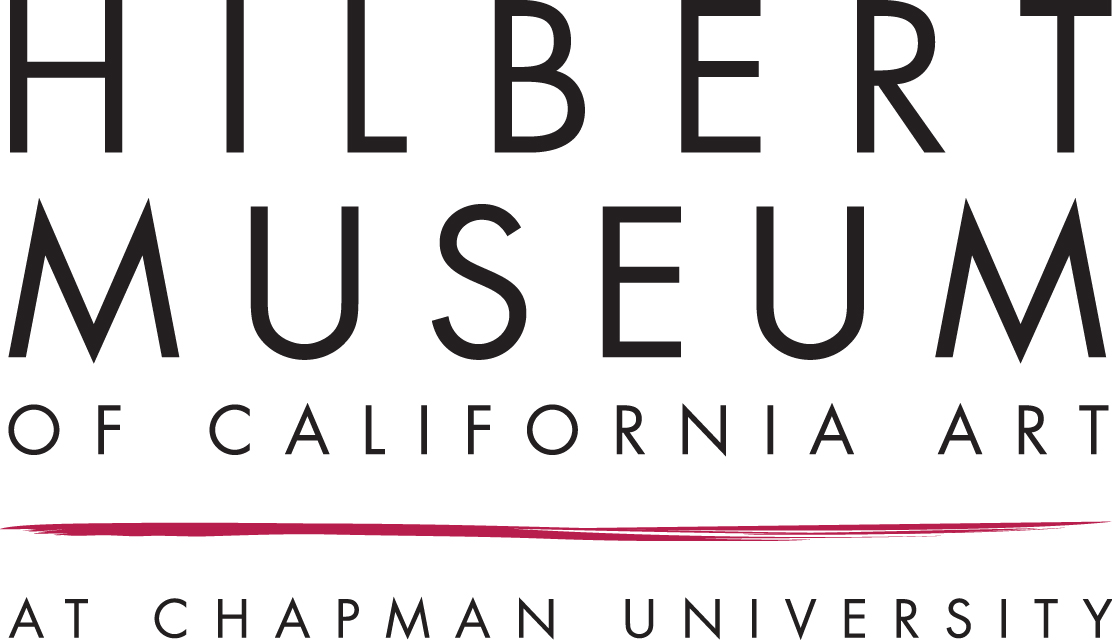Chavez Ravine
Artist
Mischa Askenazy
(1888 - 1951)
Date1930
MediumOil on board
Dimensions25 1/2 x 39 1/2 in. (64.8 x 100.3 cm)
ClassificationsPainting
Credit LineGift of the Hilbert Collection
Object number2018.026
DescriptionRussian-born Mischa Askenazy moved with his family to New York City at the age of four, and decided as a teen to pursue a career in art. After studying in NYC, France and Italy, he moved to California in the mid-1920s and decided to stay in Los Angeles, entranced by the land and the light. His paintings -- notably influenced by the works of Cezanne -- include portraits, landscapes, figure studies and still lifes.Here, Askenazy portrays the neighborhoods, inhabited mostly by Hispanic families, built in the hills and ravines north of L.A.'s Chinatown and south of Elysian Park. There were five ravines in the area, but the one named Chavez Ravine was the best-known, and was often visited by L.A. artists in search of engaging scenes of daily life. In those neighborhoods of La Loma, Bishop and Palo Verde, there were homes, two elementary schools, some grocery stores and two churches, Catholic and Free Methodist.
In addition to Askenazy, California artists Millard Sheets, Phil Dike, Sam Hyde Harris and Charles Payzant were among those who created paintings set in the Chavez Ravine neighborhoods.
In the 1950s, the City of Los Angeles deemed Chavez Ravine a "blighted area" and forced the residents to sell their property to the city in the name of "progressive redevelopment." Bulldozers leveled many of the hills and valleys, and though many residents resisted moving from their beloved old neighborhood, the city finally prevailed, literally burying most of the structures.
Eventually Dodger Stadium was built on part of this land. Askenazy portrays an altogether more pastoral scene of past Chavez Ravine life. This shows how important California Scene paintings can be in evoking the look and feel of a now-disappeared Golden State past.
Mary Platt, Museum Director
On View
Not on viewCollections
c. 1930














